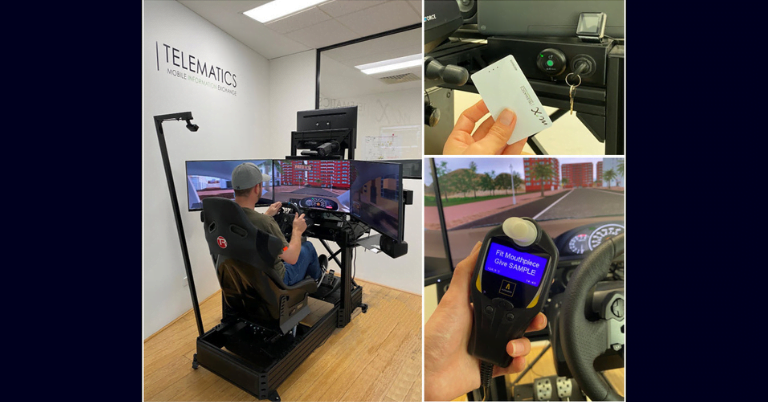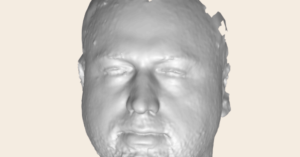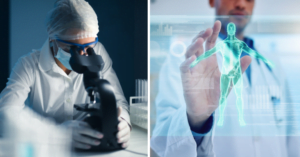Researchers at Edith Cowan University (ECU) are developing new computer tracking technology that takes data from camera footage to detect whether a driver is impaired by alcohol or not when they get behind the wheel.
Working with Mix by Powerfleet to collect data from alcohol-impaired drivers in a controlled but realistic environment, a series of videos were taken of drivers by scientists.
The participants, ranging across three levels of alcohol intoxication—sober, low intoxication, and severely intoxicated—were recorded while driving on a simulator
Researchers then presented a machine learning system that uses discernible cues from standard RGB (red, green and blue) videos of the driver’s faces to gauge the degree of alcohol related impairment, these included facial features, gaze direction and head position.
“Our system detects varying levels of alcohol intoxication impairment, with an overall accuracy of 75% for the three-level classification,” ECU PhD student Ms Ensiyeh Keshtkaran said.
“This not only benefits vehicles equipped with driver monitoring systems and eye-tracking technologies but also has the potential to extend to smartphones, making alcohol intoxication detection more effective.
“Our system has the capability to identify intoxication levels at the beginning of a drive, allowing for the potential prevention of impaired drivers from being on the road. This sets it apart from methods reliant on observable driving behaviours, which require extended active vehicle operation to identify impairment.”
ECU Senior Lecturer Dr Syed Zulqarnain Gilani said the new technology was the first to employ a standard RGB camera to detect alcohol intoxication levels based on signs of impairment in a drivers’ faces.
“This research confirms that it is possible to detect intoxication levels using just a simple camera. The next step in our research is to define the image resolution needed to employ this algorithm. If low resolution videos are proven sufficient, this technology can be employed by surveillance cameras installed on roadside, and law enforcement agencies can use this to prevent drink driving.”
A computer vision-based approach could potentially be integrated into road cameras in the future, similar to how these cameras currently detect seatbelt usage or mobile phone activity, making it applicable to various vehicle types without requiring specialized in-cabin installations.
The technology also contains 3D and infrared videos of the driver’s face, rearview RGB videos showing driver posture and steering interactions, driving simulation event logs, and screen recordings of driving behaviour.
“The availability of this dataset not only enriches our research endeavours, but also provides the broader scientific community an invaluable resource for further exploration and study,” Dr Gilani explained.
Detecting drink drivers – the future
Drink driving is the number one contributing factor in around 30% of fatal crashes in Australia, with the Transport Accident Commission noting that 1 in 5 drivers killed on Australian roads have a blood alcohol concentration (BAC) .05 or higher.
“Existing approaches to detect alcohol-impaired driving, primarily relying on random breath tests, do not adequately address this pressing problem,” said Ms Keshtkaran.
“Although efforts are underway to integrate driver alcohol detection systems into future vehicle generations, and the advent of autonomous cars is on the horizon, the persistent issue of drunk driving remains an urgent concern.”
Ms Keshtkaran noted that most current research in the realm of detecting intoxicated driving predominantly centres around analysing driving behaviour, such as driving and steering patterns, pedal usage, and vehicle speed. Some other approaches incorporate external sensors like alcohol detection or touch-based sensors.
However, there has been very limited exploration into the potential of leveraging computer vision techniques to identify signs of intoxication based on biobehavioral changes of drivers.
“One key limitation of using driving behaviour to detect drunk driving is the requirement for the driver to be actively operating the vehicle for a considerable duration before their behaviour can be assessed and identified as indicative of intoxication. This implies that a potentially impaired driver is already on the road, posing risks to themselves and other road users. Swift detection is crucial in identifying drunk drivers and preventing them from endangering public safety,” she said.
Read the research as it was presented at the IEEE/CVF Winter Conference on Applications of Computer Vision.





